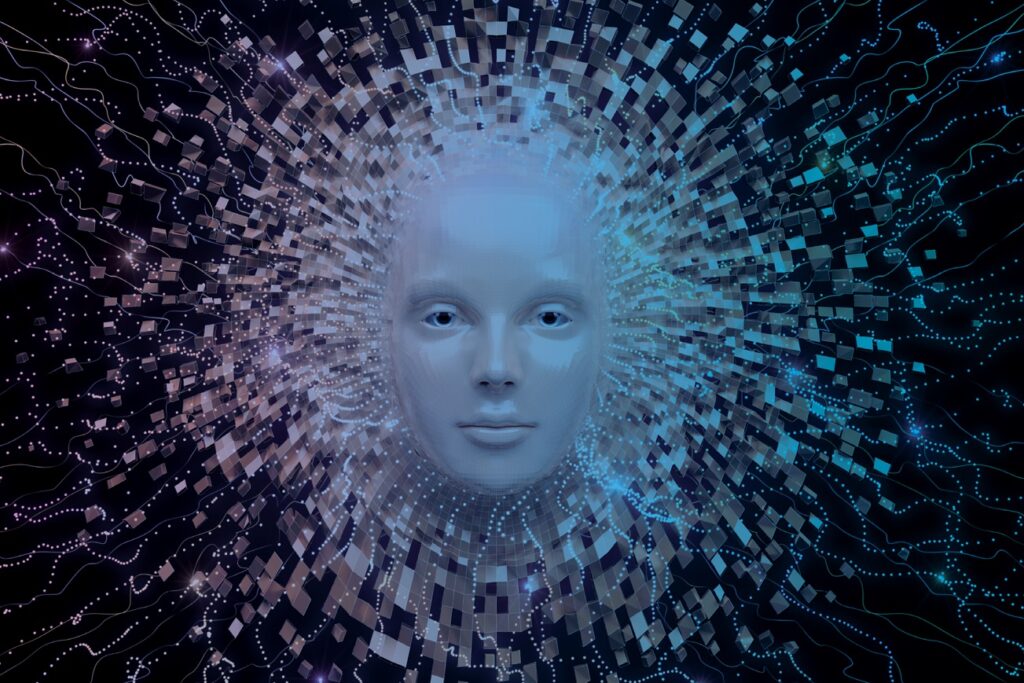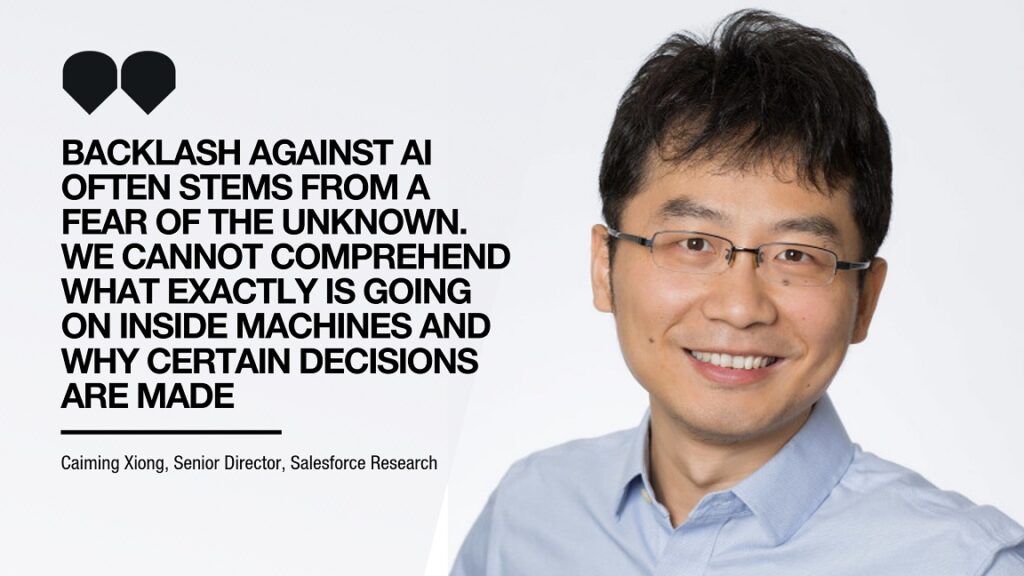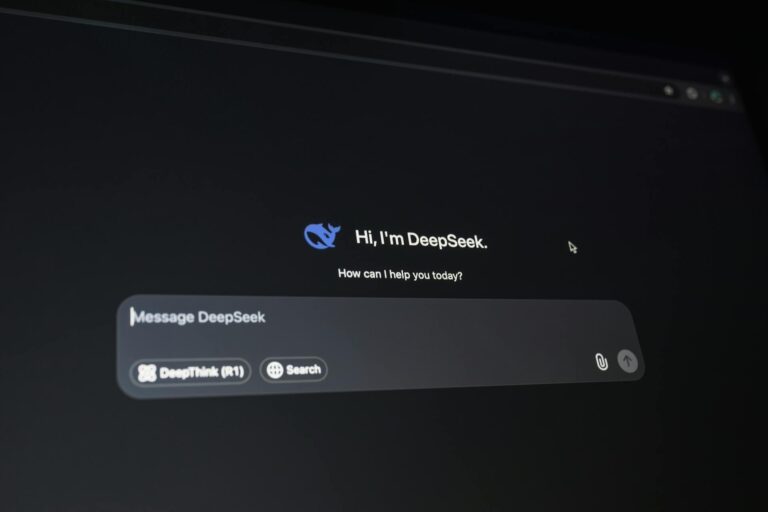
Human communication is a web of nonverbal queues and unspoken assumptions. With common sense, we have an innate ability to understand these quirks and hidden meanings.
But for machines, the ability to perceive, understand, and judge these assumptions is far from natural. Computers lack the shared experience and so cannot understand the necessary context needed to answer basic questions.
This is obvious when you ask Siri or Alexa a simple question and quickly find yourself reframing questions to comply with AI’s rigid understanding of language.
Computers cannot comprehend exactly what we want if we stray far from simple commands and so this can block effective human-computer communication.
Researchers have wrestled with this challenge for decades. AI models have limited access to the kind of world knowledge that is necessary for nuanced, context-based reasoning.
AI designed for tasks that use natural language often only see text – no visual data, sounds, tactile sensations, or scents are known to these networks. Since these natural language processing networks are limited to text alone, as a poor substitute for living in the world, we have them read a human-mind-boggling amount of text, including all of Wikipedia and thousands of books.
This is where commonsense reasoning comes in.
Teaching common sense reasoning
Commonsense reasoning – the process by which data scientists “teach” AI the ability to understand the softer nuances of human speech – will play an integral part in the evolution of AI.
Breakthroughs in commonsense reasoning have hinged on the introduction of Commonsense Explanations (CoS-E) and Commonsense Auto-Generated Explanations (CAGE).
CoS-E is a new open-sourced data set of human explanations and natural language sequences. Whereas, CAGE is a novel platform for training language models to answer multiple choice questions and provide explanations for each answer.
Through these innovative technologies, researchers are now able to give machines the capability to use common sense knowledge to generate explanations for how they “think”.
Not only will these explanations deliver a greater understanding of “why” computers give certain answers, they will also improve the accuracy of their responses.
Salesforce has already found that the CAGE model improves state-of-the-art accuracy by 10% over former methods, as tested on CommonsenseQA 1.0 , a multiple-choice question answering data set.
Backlash against AI often stems from a fear of the unknown. We cannot comprehend what exactly is going on inside machines and why certain decisions are made.
But, by opening up AI’s black box with these explanations, we can begin to learn more about the intricacies of the technology. Transparency doesn’t have to come at the cost of accuracy, and this will only improve our relationship with computers.
Bridging the gap between human and machine
Chatbots and voice assistants are quickly becoming an integral aspect of our day-to-day lives. With this breakthrough we hope to transform how we communicate with machines, making interactions more natural and effective.
Improved commonsense reasoning will enable these systems to be more adaptive so that they understand the ways in which natural human language operates. This will open up new possibilities for the ways we work with and rely on computers.
Final thoughts
Common sense forms a critical foundation for how humans interact with the world around them. Possessing this essential background knowledge could significantly advance the symbiotic partnership between humans and machines.
As advanced as technology is today, its main shortcoming as it becomes a large part of daily life in society is that it does not share these assumptions. For this vision to be fulfilled, we’ll need computers to understand us as we talk to each other in a natural environment.
But before this can happen, we need businesses to be investing in and adopting AI technologies to improve our knowledge and understanding of this limitless technology.

Caiming Xiong, Senior Director, Salesforce Research


